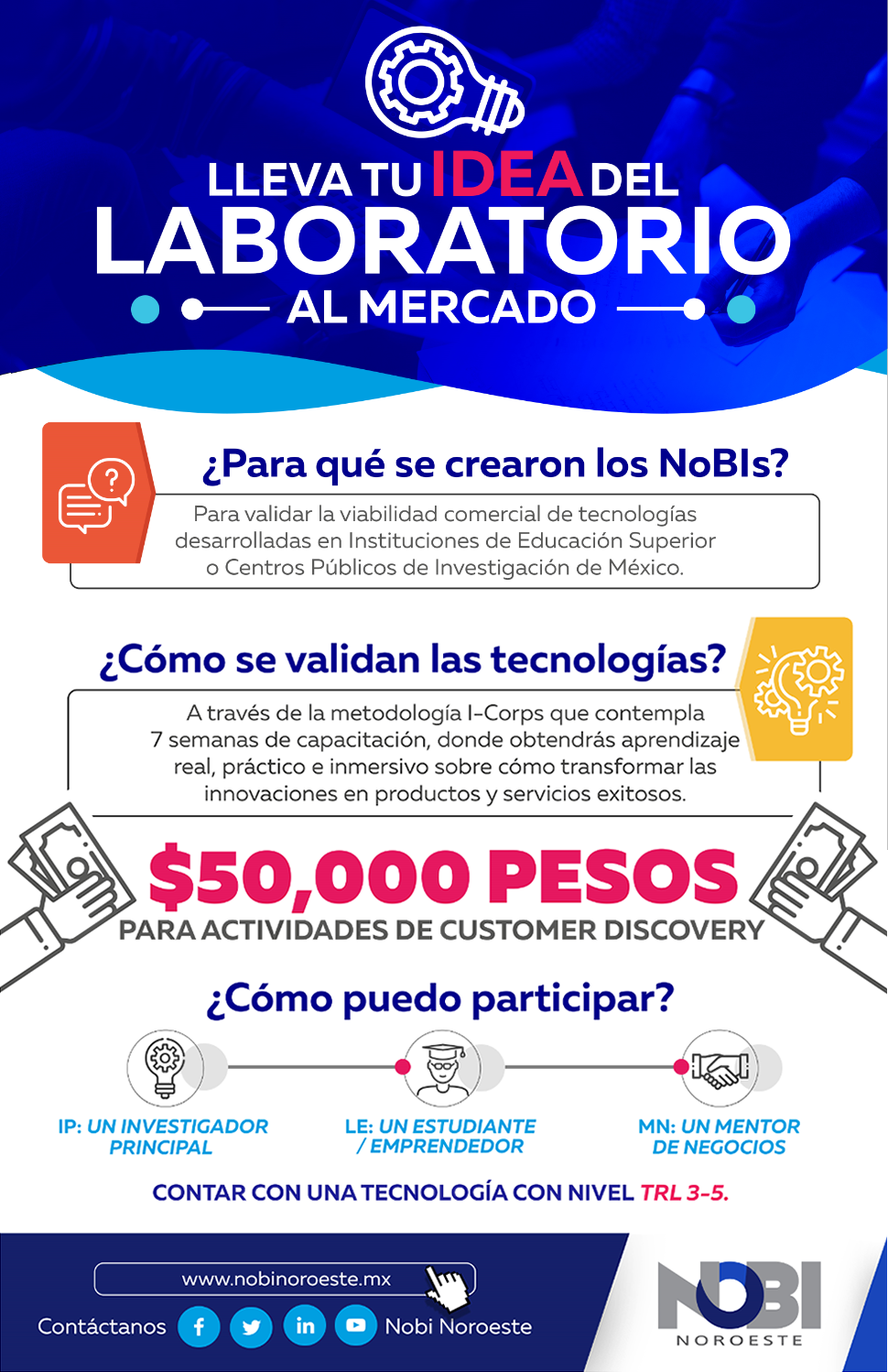Scientists from 29 countries around the world team up to recreate the explosion that gave life to the Universe. Among them are the Mexicans Gerardo Herrera Corral, PhD in Physics by the University of Dortmund, and PhD Ildefonso León Monzón, from the Autonomous University of Sinaloa (Universidad Autónoma de Sinaloa, UAS) and level ll of the National System of Researchers (Sistema Nacional de Investigadores, SNI). Both of them will collaborate in ALICE project, that is part of the Large Hadron Collider (LHC), located at the European Organization for Nuclear Research (CERN, the French acronym for Conseil Européen pour la Recherche Nucléaire).
León Monzón is responsible for the detector ALICE (A Large Ion Collider Experiment), designed for heavy ion collision. The contributions of his team made possible the prolongation of the research until 2022, and along with that the opportunity for more postgraduate student from UAS to join the project. His team designed and built a detector called AD (ALICE Diffractive), which extends ALICE detector efficiency for a type of physics called diffractive physics.
Students from UAS participated in the establishment of an Electronics of Printed Circuit Laboratory, and nowadays 3 researchers work in the ALICE project, along with two students belonging to the Informatics Faculty, another one in the area of Electronics and two more are postgraduate students in Physics; among them, Solangel Rojas Torres and Juan Carlos Cabanillas Noris, from the doctorate at the Faculty of Physical-Mathematical Sciences and Information Sciences at the Informatics Faculty of UAS, respectively. Their thesis of master and doctor degree have corresponded with the investigation lines of the ALICE Diffractive project.
Solangel Rojas Torres
Studies the doctorate at UAS’ Faculty of Physical-Mathematical Sciences. In 2013, while he was on his second grade of master, he received an invitation from León Monzón to be part of the team in the detectors area.
At first, points out the 28 year old student, he had no clear idea about the Large Hadron Collider and he started to study everything related to the experiment.
“It was a hard thing. I roughly knew about the Large Hadrons Collider and had some pretty wrong ideas. I started reading about what it was, searched for technical documents and scientific literature. I realized it was something completely different from what I expected. It was tough to integrate to all this”, he said.
Solangel confessed having imagined that the Large Hadron Collider was a kind of tunnel, where there was the circular accelerator, and were technicians, scientists and researchers always working inside of it, 100 meters underground.
“It’s not really like that. There is a tunnel, but only researchers, people specialized in the tunnel part work there. Around that there is a huge amount of things: systems and different areas”, he explained.
Also, he remembered, there are 19 detectors, each one integrated by multiple specialists —researchers, theorists, technicians and engineers— from various countries.
The invitation to join the most ambitious project in the world, he reminisced, comes naturally, as a need to be part of the project in which now he is involved, because during his master studies he worked in the characterization of materials used for making radiation detectors and are frequently used in the Collider’s detectors.
He arrived to CERN on April 2014. He stayed one month. He went as a support to PhD León Monzón and PhD Herrera Corral, to perform a change of sensors at the V0 detector.
The contributions to ALICE project
The detector was finished in a year, so the work was intense. Solangel joined when the project was just a proposal.
“There were meetings where they proposed materials, geometries and discussed about the construction. Then the subject was the construction of the detector. My direct contribution was, partly, in the construction and installation, with PhD Ildefonso León and Juan Carlos Cabanillas, with them and another colleagues form Germany and southern France. The detector was installed on December that year”, he said.
The task, he said, was not easy. The systems and security protocols required strict planning, due to the limited time. He had barely two days to finish any project. His main job and contribution to this project, he added, started on September 2015.
“A prototype of the detector was subjected to a particle beam to study its behaviour on a more controlled way. We had a lot of results and facts. I worked directly with the results of this test: analysing the behaviour of the detector and understanding all the information the experiment throws”, he said.
That detector, he pointed out, was designed to make studies of diffractive physics, the kind of physics that occur when two particles pass each other, but do not collide.
“It is overwhelming to work in a project of this magnitude. In the end, you realize everything you learn. You set the limits very high. I have thought on keep doing this, going to the post doctorate. When the moment comes I will seek it. I really like research”, he expressed.
Juan Carlos Cabanillas Noris
Juan Carlos is 36 years old, he’s a student of UAS’ Information Science doctorate. He was invited to join ALICE project in 2014 by León Monzón, within the area Control Systems, developed during a semester. His participation is in the detector number 19, which aims to expand the reading of the diffractive events in collisions lead-lead and proton-proton in the so-called Room 2, of the LHC.
It was in December of that year when that detector was installed. It was called ADA. It conducts studies of diffractive physics. It consists of two detectors installed at the ends of the experiments, one on side A (ADA) and the other on side C (ADC); both conform the detector AD. After the installation, continues the assembly stage of the subsystems or online systems.
“What it does is to expand the angle of pseudo rapidity. When there is a clash of beams inside the experiment, when hitting the “group of beams” it generates a series of particles or other elements. A lot of them expand to the sides”, he explained.
Juan Carlos worked altogether with PhD Mario Iván Martínez Hernández, from the Faculty of Physical-Mathematical Sciences, the Benemérita Autonomous University of Puebla (Benemérita Universidad Autónoma de Puebla, BUAP), and with PhD León Monzón and PhD Herrera Coral.
When he arrived to the Large Collider, he said, he knew he had to master the English language. He dedicated the prior semester to his departure to Switzerland to the reading of articles and books about the project. He learned about its characteristics, location.
His drafts
His objective consists in developing a part named Detector Control System (DCS), which allows the detector AD to work in a safe way, and guarantees the data obtained as a result of the collisions or the information that the detector is generating to be of the highest possible quality.
There are different applications for the DCS, it also allows the communication with other subsystems: the detection of data directly with the LHC, systems of energy, refrigeration, and access and security control.
“It was designed in that part of the DCS system. We use a software that is handled as standard in the four experiments, in this case a SCADA type software, that means supervision, control and data acquisition”, he said.
It is about, he explained, a software WinCC OA, from the Siemens Company. After designing the system for the detector, the users interface was generated and tests were made.
“Once you have the prototype of the detector, the integration to the central DCS is made. Each of the 19 detectors must have their own DCS to control that specific sub detector”, he added.
Source: CONACYT News Agency, http://www.conacytprensa.mx/index.php/ciencia/universo/9720-talento-sinaloense-en-el-cern. Translated by Belem Ruiz (Edition and Communication, PIT-UAS).



 Parque Científico Tecnológico, Universidad Autónoma de Sinaloa © 2015
Parque Científico Tecnológico, Universidad Autónoma de Sinaloa © 2015